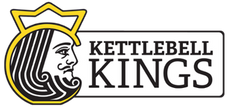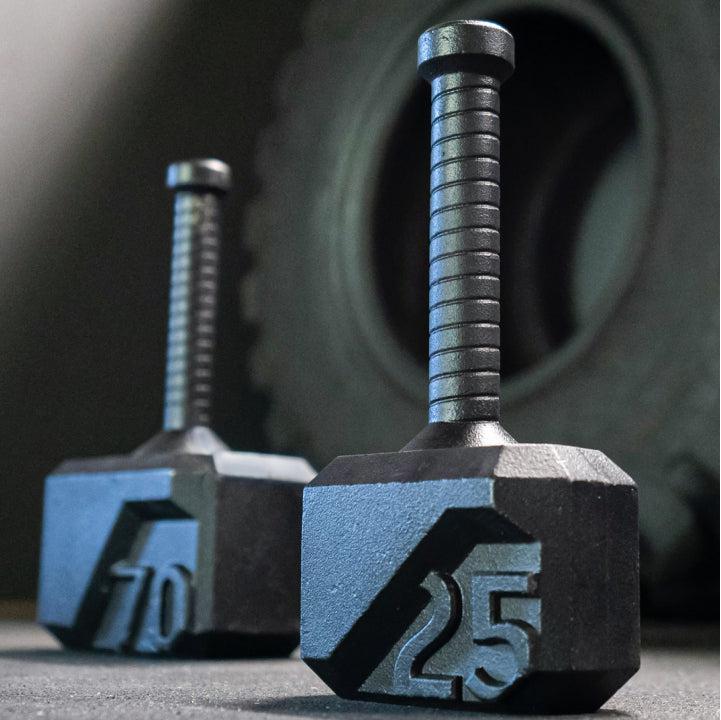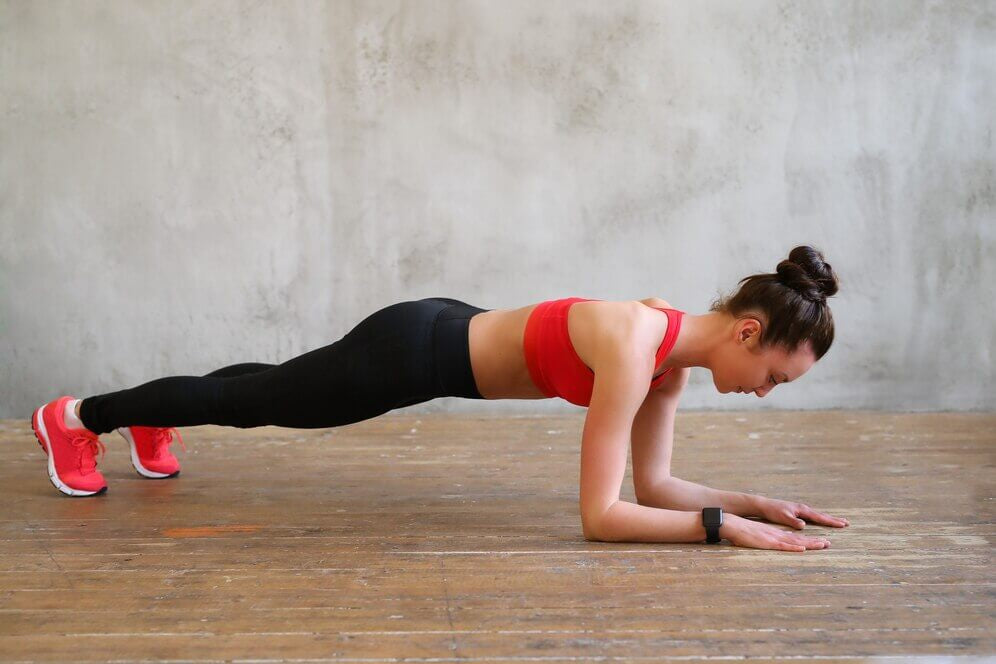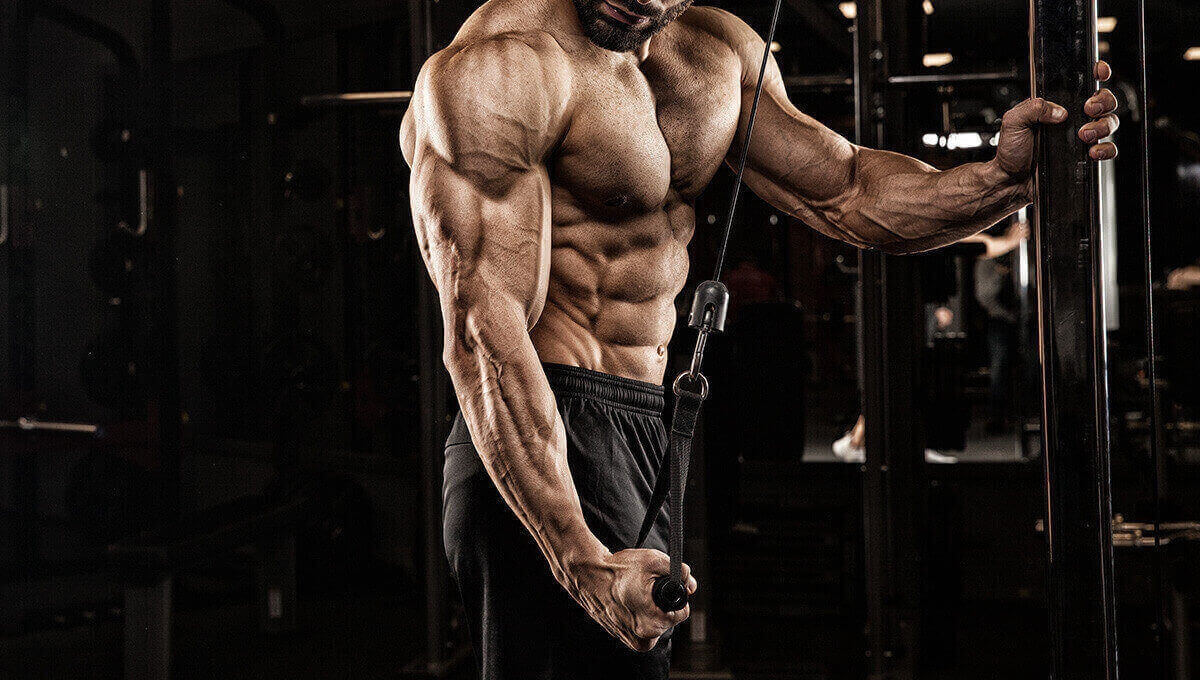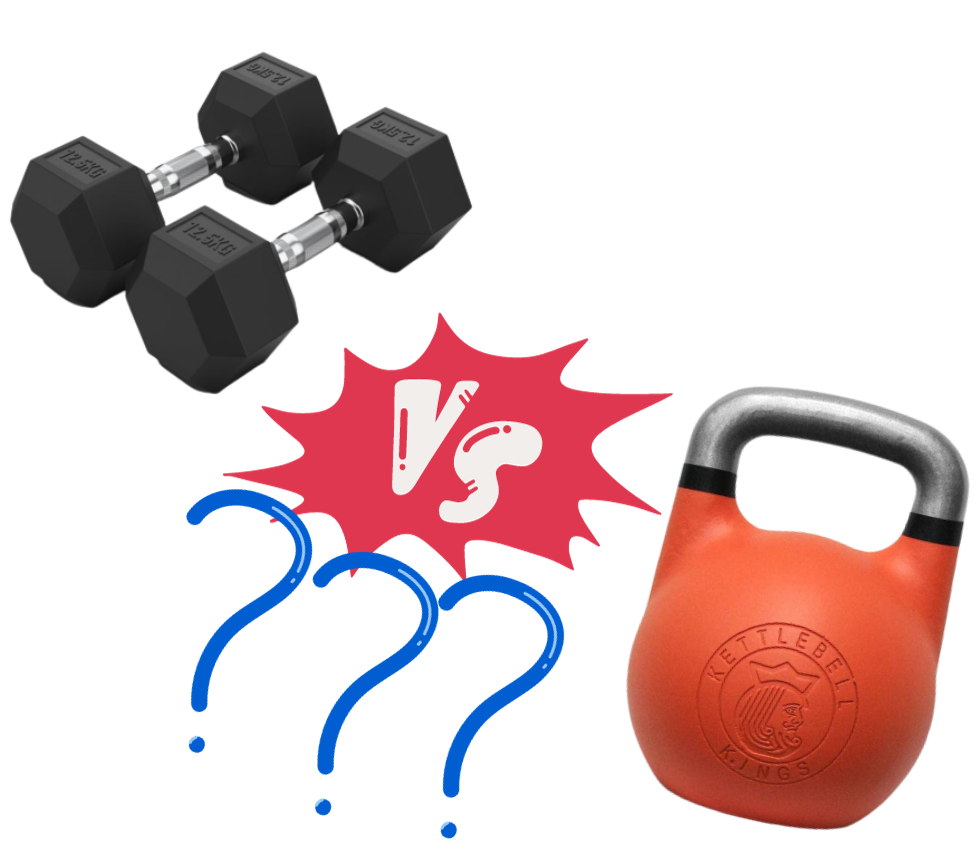In the quest for a strong and shapely lower body, the often-overlooked Gluteus Medius plays a pivotal role. This article will delve into the significance of the Gluteus Medius, its anatomy, and how to effectively train it at home. We'll explore bodyweight exercises, kettlebell routines, resistance band workouts, advanced exercises, and the creation of a structured home workout plan. We'll also discuss common mistakes to avoid, emphasizing the importance of proper form, safety, and recovery.
Before delving into the exercises, it's crucial to understand the pivotal role the Gluteus Medius plays in your overall lower body strength. This often-neglected muscle, situated on the outer surface of your hip, is responsible for hip stability and movement. A strong Gluteus Medius not only enhances your aesthetic appearance but also boosts your athletic performance and overall functionality. Recent research, such as a study published in the "Journal of Orthopaedic & Sports Physical Therapy" (2020), highlights its vital role in maintaining hip health and preventing injuries.
The Benefits of Working on Gluteus Medius
Working on your Gluteus Medius yields a plethora of benefits. Not only will you achieve a more rounded and toned derriere, but you'll also improve your posture and reduce the risk of lower back pain. Additionally, strengthening this muscle can enhance your athletic performance, particularly in activities involving lateral movements, like running or sports. The benefits extend to injury prevention, as a strong Gluteus Medius can help stabilize the hip and knee joints. Research from the "American Journal of Sports Medicine" (2021) underscores the role of this muscle in mitigating common sports-related injuries.
Setting Up a Home Workout for Gluteus Medius
Creating a workout routine at home requires dedication and the right tools. Whether you're a fitness enthusiast or a beginner, it's essential to establish a structured plan to achieve your Gluteus Medius goals. Ensure you have enough space, a workout mat, and any equipment you plan to use, such as kettlebells and resistance bands. To track your progress, consider using a fitness app or journal to record your workouts, sets, and reps.

Understanding the Gluteus Medius
Anatomy and Location of the Gluteus Medius
The Gluteus Medius is a fan-shaped muscle situated on the outer surface of the hip, between the Gluteus Maximus (your buttocks' major muscle) and the Gluteus Minimus (a smaller muscle below it). Its unique positioning allows it to abduct and medially rotate the thigh, essential movements for walking, running, and maintaining balance. Understanding its anatomical location is key to targeting and training this muscle effectively.
Gluteus Medius’s Role in Hip Stability and Movement
One of the primary functions of the Gluteus Medius is to provide stability to the hip joint. This stability is vital for maintaining balance, especially during single-leg movements. A strong Gluteus Medius also contributes to proper gait and body alignment, reducing the risk of injuries.
Common Problems Associated with a Weak Gluteus Medius
A weak Gluteus Medius can lead to a host of problems. Common issues include lower back pain, hip pain, and iliotibial band syndrome (ITBS). A weak Gluteus Medius can also contribute to poor posture and inefficient movement patterns, increasing the risk of injury during physical activities. Research published in the "Journal of Biomechanics" (2016) highlights the correlation between Gluteus Medius weakness and hip joint instability.
Warm-up and Safety
The Importance of Warming up Before Exercising
Warming up is a crucial step before diving into any workout, including Gluteus Medius exercises. A proper warm-up increases blood flow to the muscles, making them more pliable and ready for exercise. It also reduces the risk of strains and injuries. Incorporate dynamic stretches like leg swings, hip circles, and bodyweight squats into your warm-up routine. Studies, such as one in the "Journal of Strength and Conditioning Research" (2018), emphasize the role of warm-ups in improving performance and reducing the risk of injuries.
Precautions to Prevent Injuries During Gluteus Medius Workouts
When performing Gluteus Medius exercises, it's essential to prioritize safety. Maintain proper form throughout each exercise, and start with lighter resistance if you're using weights. If you experience pain during any exercise, stop immediately and consult a healthcare professional. Ensure you have enough space to perform the exercises without any obstructions. Research in the "International Journal of Sports Physical Therapy" (2017) emphasizes the importance of injury prevention strategies in sports and fitness activities.
Proper Form and Techniques Gluteus Medius Exercises
Proper form is paramount in all exercises, and Gluteus Medius workouts are no exception. It ensures you're targeting the right muscles and reduces the risk of injury. When performing exercises like Clamshells and Lateral Leg Raises, focus on controlled, precise movements. Keep your core engaged, maintain a neutral spine, and avoid excessive hip rotation. Video tutorials from reputable sources, such as fitness trainers and physical therapists, can be valuable resources to perfect your form.
Bodyweight Exercises for Gluteus Medius to Do at Home
Now that you understand the importance of the Gluteus Medius, let's dive into a variety of bodyweight exercises you can perform at home to strengthen this muscle group.
Clamshells
Clamshells are an excellent exercise to activate and strengthen the Gluteus Medius. To perform Clamshells, lie on your side with your legs bent at a 90-degree angle. Keeping your feet together, lift your top knee as high as possible while maintaining contact between your feet. Slowly lower your knee back down. This exercise targets the Gluteus Medius and can be made more challenging by adding resistance bands or ankle weights.
Lateral Leg Raises
Lateral Leg Raises are another effective bodyweight exercise for the Gluteus Medius. Begin by lying on your side with your legs straight. Lift your top leg as high as you can, keeping it straight. Lower it back down slowly. Variations include lifting your leg with a pointed toe or flexed foot, targeting different areas of the Gluteus Medius.
Glute Bridges
Glute Bridges work not only the Gluteus Medius but also the Gluteus Maximus. Lie on your back with your knees bent and feet flat on the floor. Lift your hips off the ground, focusing on squeezing your glutes at the top of the movement. This exercise is excellent for overall lower body strength and can be intensified by using a single leg or adding resistance with weights.
Monster Walks
Monster Walks are a great way to enhance Gluteus Medius strength and hip stability. To perform this exercise, place a resistance band around your legs just above the knees. Take small steps forward, backward, or sideways while maintaining tension on the band. This exercise challenges the Gluteus Medius from various angles and is highly effective in building strength.
Side Planks
Side Planks are not only fantastic for core strength but also for the Gluteus Medius. Begin in a side plank position with your elbow directly under your shoulder. Lift your hips so that your body forms a straight line from your head to your feet. Hold this position, engaging your core and Gluteus Medius. You can make it more challenging by lifting your top leg or holding a dumbbell in your free hand.
Strengthening the Core and Gluteus Medius
The core and the Gluteus Medius work in synergy to maintain stability and efficient movement. A strong core provides support to the spine, while the Gluteus Medius stabilizes the hips. When these muscles are weak, it can lead to poor posture and a host of problems. By incorporating exercises like Side Planks into your routine, you can target both the core and Gluteus Medius simultaneously, ensuring that they function harmoniously.
Sample Workout Routine Using Bodyweight Exercises
Here's a sample workout routine that combines the bodyweight exercises mentioned above to effectively target the Gluteus Medius
- Clamshells: 3 sets of 12-15 reps per side.
- Lateral Leg Raises: 3 sets of 12-15 reps per side.
- Glute Bridges: 3 sets of 12-15 reps.
- Monster Walks: 3 sets of 12-15 steps in each direction.
- Side Planks: 2 sets of 30 seconds on each side.
Perform this routine 2-3 times per week, allowing for at least one day of rest between sessions. As you progress, consider increasing the number of sets or reps, or incorporating more challenging variations.
Kettlebell Exercises for Gluteus Medius
Kettlebells are a versatile tool that can add variety and intensity to your Gluteus Medius workouts.
Kettlebells provide an excellent way to challenge the Gluteus Medius. Their unique shape and the ability to swing and move dynamically make them ideal for targeting this muscle group. Kettlebell exercises also engage multiple muscles, leading to more comprehensive lower body strengthening.
Here are some kettlebell exercises to consider
Kettlebell Swing
The Kettlebell Swing is a powerful exercise for building Gluteus Medius strength. Stand with your feet shoulder-width apart and hold the kettlebell with both hands between your legs. Begin by swinging the kettlebell back between your legs and then forcefully drive your hips forward, swinging the kettlebell to chest height. The explosive hip movement engages the Gluteus Medius. Perform 3 sets of 10-15 reps.
Kettlebell Goblet Squats
Kettlebell Goblet Squats combine the benefits of a squat with the added resistance of a kettlebell. Hold the kettlebell close to your chest and perform squats. This exercise strengthens the Gluteus Medius while also targeting the quadriceps and core. Aim for 3 sets of 10-12 reps.
Other kettlebell exercises that can engage the Gluteus Medius
Incorporate other kettlebell exercises like Kettlebell Lunges, Kettlebell Step-Ups, and Kettlebell Deadlifts to further challenge the Gluteus Medius. These exercises engage multiple muscle groups and provide a well-rounded lower body workout.
Incorporating Resistance Bands into Gluteus Medius Exercises
The advantages of resistance bands in Gluteus Medius training
Resistance bands are valuable tools for Gluteus Medius training because they add resistance throughout the full range of motion. This constant tension helps strengthen the muscle effectively. Resistance bands are also versatile and can be used in various exercises.
Here are Some Gluteus Medius Exercises Using Resistance Bands
Clamshells with Resistance Bands
Perform Clamshells as previously described but add a resistance band just above your knees for extra resistance. This intensifies the exercise and targets the Gluteus Medius more effectively.
Monster Walks with Resistance Bands
As with the bodyweight version, place a resistance band around your legs just above the knees. Perform Monster Walks in various directions to engage the Gluteus Medius from multiple angles.
Donkey Kicks with Resistance Bands
Get on all fours and wrap a resistance band around your thighs. Lift one leg, keeping it bent at a 90-degree angle, and press against the band's resistance. This exercise directly targets the Gluteus Medius.
Advanced Gluteus Medius Workouts
As you progress in your Gluteus Medius training, consider adding more advanced exercises to continue challenging your muscles and promoting growth.
Single-Leg Squats
Single-leg squats, also known as pistol squats, are an advanced exercise that requires a great deal of balance and strength. Stand on one leg and extend the other leg in front of you. Lower your body as far as you can, keeping your balance, then push back up. This exercise not only engages the Gluteus Medius but also targets the entire lower body.
Bulgarian Split Squats
Stand a couple of feet in front of a bench or step, with one foot resting on it. Lower your body into a lunge position, keeping the rear foot elevated. This exercise works the Gluteus Medius and the quadriceps.
Plyometric Exercises for Explosive Gluteus Medius Strength
Plyometric exercises like jumping lunges, box jumps, and lateral bounds can help build explosive strength in the Gluteus Medius. These exercises not only challenge your muscles but also improve your agility and power.
Creating a Home Workout Plan
To see consistent progress and effectively target the Gluteus Medius, it's crucial to build a structured workout routine. A well-rounded plan should include bodyweight exercises, kettlebell routines, resistance band workouts, and advanced exercises.
Building a structured Gluteus Medius workout routine
- Schedule your workouts, determine how many days a week you can dedicate to Gluteus Medius training. Aim for 2-3 sessions per week to allow for adequate rest and recovery.
- Mix and match exercises, Include a variety of exercises in your routine to prevent plateaus and continuously challenge your muscles.
- Set goals, define specific goals, such as increasing the number of reps, using heavier weights, or progressing to more advanced exercises.
- Track your progress, maintain a workout log or use a fitness app to record your workouts, making it easier to track your progress and make necessary adjustments.
- Allow for rest, adequate rest is essential for muscle recovery and growth. Ensure you have at least one full day of rest between Gluteus Medius workouts.
Common Mistakes to Avoid While doing Gluteus Medius Exercises
Overtraining or Neglecting Other Muscle Groups
It's essential to strike a balance in your workout routine. While targeting the Gluteus Medius is important, neglecting other muscle groups can lead to muscle imbalances and potential injuries. Ensure that your workout routine includes exercises for the entire lower body and core.
Using Improper Form or Technique
Using incorrect form during exercises can lead to inefficiency and, more importantly, injuries. Always prioritize proper form and technique to ensure you're targeting the Gluteus Medius effectively. If you're uncertain about your form, consider consulting with a fitness trainer or physical therapist.
Not Allowing Sufficient Rest and Recovery
Muscle growth occurs during rest and recovery periods, so it's crucial not to overtrain. Giving your Gluteus Medius and other muscles time to recuperate is essential for preventing overuse injuries. Make sure to get enough sleep, stay hydrated, and incorporate rest days into your workout routine.
Conclusion
In summary, the Gluteus Medius is a crucial muscle for overall lower body strength, stability, and aesthetics. Strengthening this muscle not only enhances your appearance but also improves posture, reduces the risk of lower back pain, and enhances athletic performance. Bodyweight exercises like Clamshells and Glute Bridges, kettlebell exercises such as Kettlebell Swings, and resistance band workouts offer diverse ways to target the Gluteus Medius. Advanced exercises like single-leg squats and Bulgarian split squats further challenge this muscle group.
To create an effective Gluteus Medius workout routine, combine these exercises, track your progress, and ensure that you're targeting the entire lower body and core. However, remember to avoid common mistakes such as overtraining, using improper form, and neglecting rest and recovery.
So, start sculpting your Gluteus Medius with dedication and patience, and you'll soon experience the benefits not only in your physique but also in your overall health and well-being.
